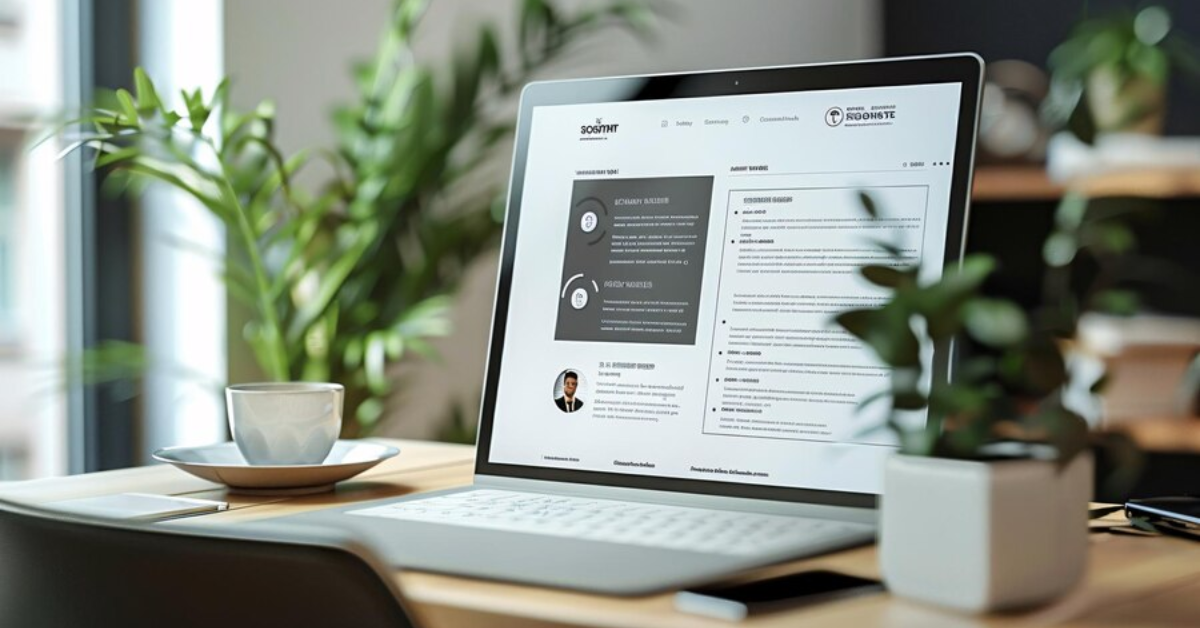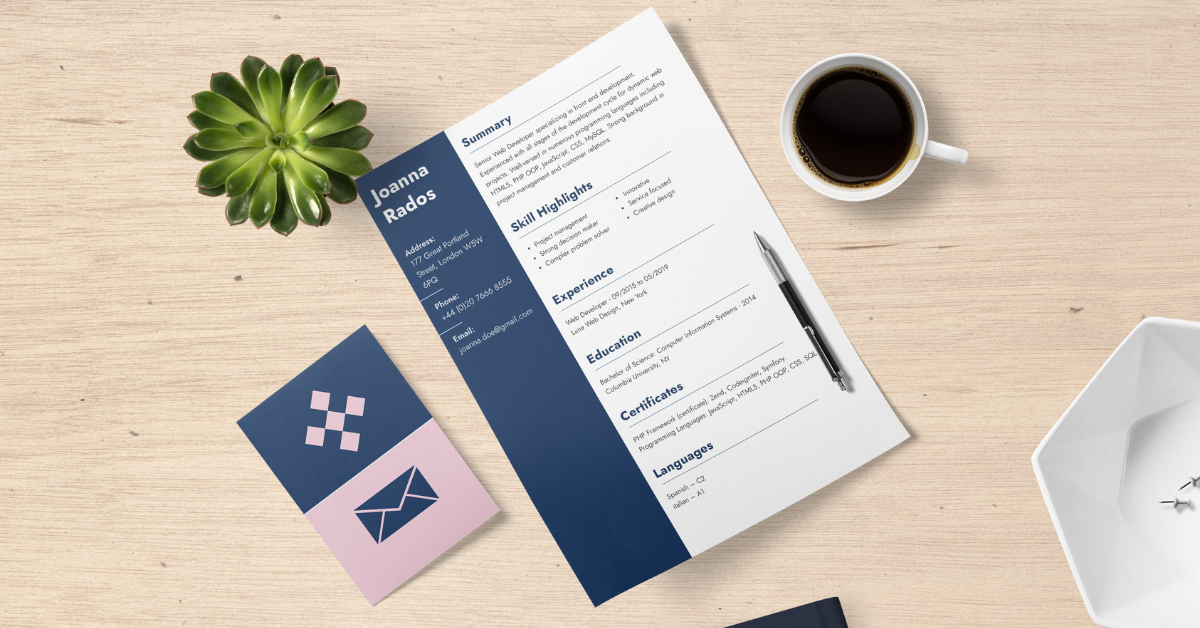
Choosing the Right Format for a CV as a Fresher
Creating a CV as a fresher can be a daunting task, especially when you want to make a great first impression on potential employers. One of the most critical aspects of your CV is its format for a CV. The right format can highlight your strengths and present your qualifications clearly and professionally. This blog will guide you through the various formats for a CV and how to choose the best one for your needs.
Understanding Different Formats for a CV
Regarding CV formatting for freshers, there are three primary formats to consider: chronological, functional, and combination. Each format serves a specific purpose and can be tailored to showcase your skills and experiences effectively.
1. Chronological Format
The chronological format is one of the most commonly used formats for a CV. It emphasizes your work experience, listing jobs and internships in reverse chronological order, starting with the most recent. This format is particularly effective for freshers who have had internships or part-time jobs related to their field of study.
Advantages of Chronological Format:
- Clear Career Progression: It allows employers to see your work history and the timeline of your experiences.
- Familiarity: Most employers are accustomed to this format, making it easier for them to navigate your CV.
- Showcases Relevant Experience: If you have relevant internships or part-time work, this format highlights them effectively.
Disadvantages:
- Lack of Experience: As a fresher, you might not have extensive work experience, which could make your CV look sparse.
- Gaps in Employment: If you have gaps in your work history, they may be more noticeable in this format.
2. Functional Format
The functional style puts more emphasis on your abilities and capabilities than it does on your employment history. This format is suitable for freshers who may not have much professional experience but possess valuable skills relevant to the job they are applying for.
Advantages of Functional Format:
- Skill Emphasis: This format allows you to highlight your skills prominently, which can be beneficial if you have relevant coursework or volunteer experiences.
- Minimizes Employment Gaps: It diverts attention from gaps in employment, focusing instead on what you can bring to the table.
- Customizable: You can tailor the sections based on the skills required for the job.
Disadvantages:
- Less Familiarity: Some employers may prefer traditional formats, making it harder for them to assess your background.
- Limited Job History: Without a chronological listing of your jobs, it may be challenging for employers to gauge your professional experience.
3. Combination Format
The combination format merges the chronological and functional formats, presenting both your skills and work history. This format is effective for freshers who have relevant skills and some work experience, even if it's limited.
Advantages of Combination Format:
- Balanced Approach: It allows you to highlight your skills while still providing a timeline of your work experience.
- Flexible: This format can be adjusted to suit the specific job you’re applying for, showcasing what’s most relevant.
- Increased Visibility: Employers can quickly identify your skills and see how they relate to your work history.
Disadvantages:
- Complex Layout: A combination format can become cluttered if not designed carefully, making it harder to read.
- Lengthy: It may take up more space than other formats, which can be a concern if you have limited experience.
Choosing the Right Format for Your CV
When deciding on the best format for a CV, consider the following factors:
- Your Experience Level: As a fresher, if you have limited work experience, the functional format might be more beneficial. Conversely, if you have relevant internships or part-time jobs, the chronological format could serve you better.
- Industry Standards: Some industries have specific expectations regarding CV formatting for freshers. Research your field to see if a particular format is favored.
- Job Requirements: Tailor your CV format to the job you are applying for. If the job description emphasizes skills, a functional format might be more appropriate.
- Personal Preference: Ultimately, choose a format for a CV that you feel comfortable with and one that best represents you.
Tips for Effective CV Formatting for Freshers
- Keep It Simple: Use a clean and professional design. Avoid excessive colors, fonts, or graphics that can distract from the content.
- Use Clear Headings: Organize your CV with clear headings that guide the reader through your sections. Employers now have an easier time locating the data they require.
- Tailor Your Content: Customize your CV for each application. Emphasize your experiences and abilities that are pertinent to the position at hand.
- Use Bullet Points: Bullet points improve readability and allow you to present information concisely. This is especially helpful when detailing your skills and experiences.
- Limit Length: Aim for one page, especially as a fresher. Employers typically prefer concise CVs that provide the necessary information without excessive detail.
- Proofread: Errors can detract from your professionalism. Always proofread your CV for spelling and grammar mistakes before submitting it.
Conclusion
Choosing the right format for a CV is a critical step for freshers aiming to make a strong impression on potential employers. Whether you opt for a chronological, functional, or combination format, ensure that it highlights your skills, experiences, and qualifications effectively. By understanding the nuances of CV formatting for freshers, you can create a compelling document that stands out in a competitive job market. Remember to tailor your CV to each application, keep it simple and professional, and proofread carefully. Following these guidelines will help you present yourself confidently as you embark on your career journey.





